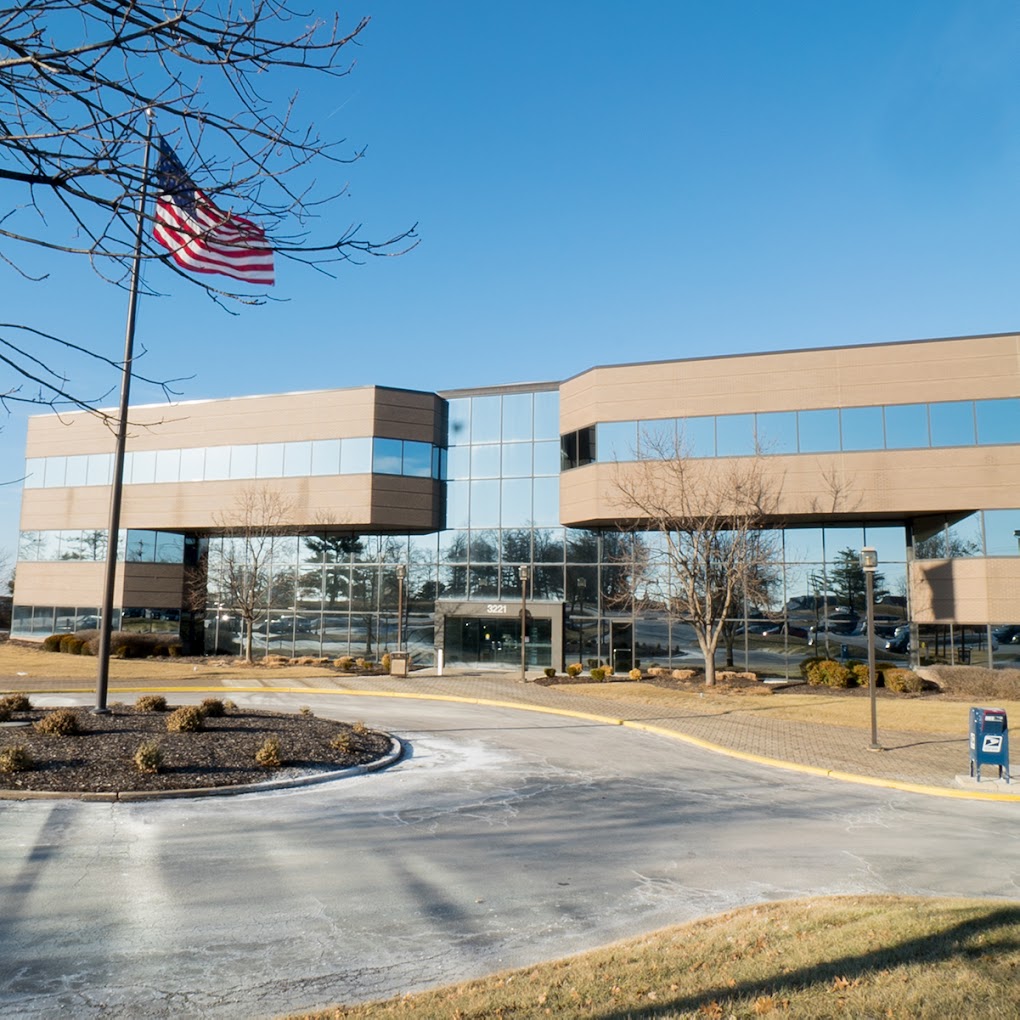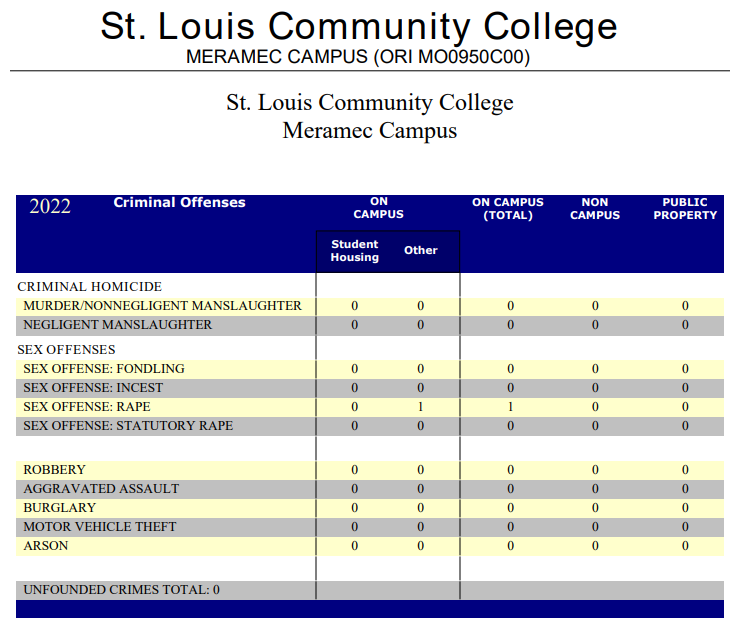A service-learning journey through the eyes of STLCC-Meramec student volunteers

Anna Nowotny
– Graphic Design Editor –
A great many groups of volunteers have traversed the rivers and lakes of New Orleans to help repair the damage done by Hurricane Katrina. While many college students spent their spring breaks partying in Cancun, a group of 25 students, faculty and staff from STLCC-Meramec devoted theirs to providing community service in New Orleans, La. Although condemned homes, vacant lots and a long list of other challenges continue to plague the city, the return of native New Orleanians and other signs of renewal including the work of volunteers must not be overlooked.
“After Katrina, everybody has a story to tell,” said Stephanie Walton, Project Manager for Nazareth Inn. The Nazareth Inn, a senior living center north of the city, re-opened its doors in January 2009 with the help of volunteers. After months and in many cases, years of relocating, former New Orleanians exiled by Katrina finally have a place to call home.
Walton summed up what it’s like to be part of the home coming process. “When the residents moved back I got all teary-eyed, I’m getting teary-eyed now. I find that extremely rewarding because a lot of them, you know their stories and stuff like that. You know, having to be away and just wanting to come back…” Witnessing this profound sense of place also affected members of the Meramec group.
“The sense of this is home that every New Orleans citizen has is remarkable. After such devastation they all come back for one simple reason…’It’s home’ to me is such an amazing concept,” Pete Schweiss, Meramec student, said as he reflected on the highlights of his trip.
Working at the Nazareth Inn offered an unexpected reward to the students of Meramec whose pilgrimage was partly motivated by the desire to learn about the people and culture of New Orleans. A bona fide Cajun lives there. If his accent and French tinged lingo wasn’t proof enough, Charles Jeandron’s homespun wisdom and charm convinced everyone of his authenticity. He explained what it means to be Cajun.
“Cajuns are known as very smart. That’s where the phrase ‘you’re very cagey’ comes from. It means you can figure something out real quick-like. It sounds like bragging but like Babe Ruth said, ‘if you done it, it’s not a brag.’”
It wasn’t long after he sauntered out into Nazareth’s shady cul de sac that Jeandron became a favorite of the Meramec volunteers. As luck would have it, Jeandron was on the cusp of preparing a vegetable garden on the grounds of Nazareth. He found in the Meramec group willing, would-be farmers whom he taught to wield a tiller, fell trees, and spread fertilizer. He promised to keep the students updated on the growth of his vegetables.
Jeandron’s sense of place is not only firmly rooted in the ground, but also extends high up into the old Louisiana oaks whose leaves kept Meramec’s volunteers raking for days.
Jeandron informed the group that Nazareth’s trees are home to groesbeck cranes, an endangered native species. “The cranes go to the lake for food and then they come to the trees to roost. They are nesting now.”
While the cranes nested outside, the Meramec crew ventured inside to help residents settle into their new homes by unpacking and hanging family photos. They also moved furniture and cleaned donated ovens designated for installation into the units of Nazareth’s building two.
Getting to know the people of New Orleans was a rewarding experience for many in the group. When asked to describe the best thing about the trip, Meramec student, Marina Allen expressed soulfully, “The unwavering spirit of the citizens of New Orleans. I didn’t have a chance to talk to many residents, but the ones I did talk to moved me.” She was also especially affected by the group’s tour through the lower ninth ward led by Melanie Deffendall, Coordinator,
College and Career Success Skills at Delgado Community College.
Deffendall’s contribution to Meramec’s New Orleans trip is due in part to Donna Halsband, Meramec Coordinator of service learning and civic engagement. The two forged a relationship about three years ago when they met at a conference in New Orleans.
Halsband’s experience of hearing the stories of Katrina survivors planted the seeds for this year’s spring break trip.
“It was easy to see that they could cry at any second and as you’ve seen they’re still that way, and so what I really wanted to do was the service piece from the beginning, was to provide an opportunity for them to tell their stories to us, so that we would begin to understand what was going on,” Halsband said.
Deffendall told many stories interspersed with facts about the devastation, rebuilding process, as well as personal anecdotes reflecting her own journey as a native New Orleanian affected by Katrina.
When Deffendall reminisced about her experience of evacuating New Orleans she asked herself one pivotal question. “Okay, this is the time to start your life over, where would you go? I wanted to go back to New Orleans. It’s my home.” After making a grueling attempt to renovate her own home while living in a FEMA trailer at one point, Deffendall eventually hired a string of contractors to finish the job. She will be back home in April 2009.
Residents like Deffendall who have spent their lives in New Orleans, except for the exile that Katrina imposed on them, see signs of rebirth that outsiders may not.
Deffendall recalls that after the water that broke the levee receded, something unexpected occurred.
“Sunflowers were popping up all over the city because it’s the flower of renewal and it leaches lead from the soil. They just popped up, nobody planted them,” Deffendall said.
Like the sunflowers, residents keep popping up all over the city. Their stories reflect a bluesy attitude towards life laden with the heartache of loss.
“If you don’t laugh, you’re gonna cry. That’s why we had Mardi gras,” Deffendall said. “People don’t understand it, but we had to go back to normal otherwise it is too overwhelming.”










